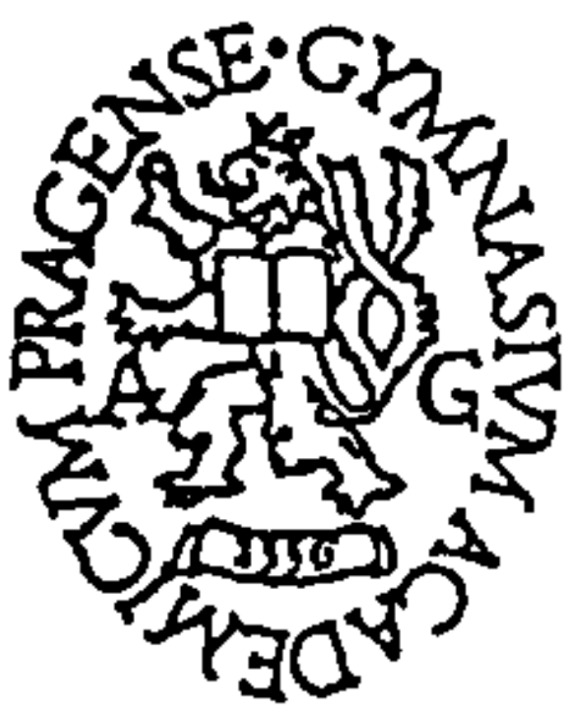HOW DO WARS BELONG IN A MUSEUM? VIENNA MUSEUM OF MILITARY HISTORY – REFLECTION FROM A CURIOUS VISITOR
HOW DO WARS BELONG IN A MUSEUM? VIENNA MUSEUM OF MILITARY HISTORY – REFLECTION FROM A CURIOUS VISITOR
12 Oct 2020
I knew it, I simply knew that sooner or later this would come. I was only waiting for THE moment. And yes, indeed, at the end of the day, after a month in Vienna, the Museum of Military History (Heeresgeschichtliches Museum, HGM) was the first one I visited here, with my husband by my side. But it all happened rather differently than I expected.
After being exposed to a powerful campaign, day-by-day, proclaiming that weapons belong in museums, it wasn’t my husband that the slogan won over but me. Advertised everywhere, on every signboard, on every form of public transport, in local newspapers. It is smart, it has a catchy effect and it stimulates interaction. Plus, who wouldn't be at least tempted to visit the first-ever military museum still in operation?
To be honest, I always had my reservations towards its instigator, Kaiser Franz Josef, and his legacy. Why should we admire such a lover of bureaucracy with a biorhythm beginning at 4:30 am? Yes, it is his fault that I remained traumatized for life, with school starting sometimes as early as 7 am. On a Prater poster I saw two days ago, nonetheless, Franz Joseph looked like a cool guy, so why shouldn't proper curating make the Arsenal into a smart place, being a former military complex built after the 1848 March Revolution to replace the old city fortification as a step towards modernization? In the end, it has all the sufficient predispositions. In the middle of the greens, huge estates close to Belvedere and a building resembling a caste in both shape and size, but bearing motifs from Moresque architecture rather than the plentiful baroque style of the Kaiser's famous predecessor, Maria Theresia.
One thing is sure: this visit was unforgettable. It brought me back to the many painful museum visits from my childhood. It was empty (except for a few Polish love birds – I wonder who suggested this attraction) and therefore certainly COVID-free and safe. No problem with distancing. It was sort of fashion-oriented, which could be fun, but this was just another good old military museum: streaks of uniforms, lines of decorations, caps of many kinds (Uhlans' Czapkas are hilarious even – or perhaps the more so – if you see a hundred of them) and some other necessary accessories: muskets, swords, spears, lances, all in uncountable numbers. And context? Neither glorious nor reflective. More like a pretentious old-fashioned repository, clean but outworn.
You wonder who made the showpieces. Who purchased them? How long they were in service? Who prompted all their useful and useless adjustments? Or you could ask yourself who had designed them for the exhibit and who arranged them in those weird ornaments later on? I do! But in the HGM, I learned little to nothing about the army business, its instigators or its recipients. There were pictures, too. A clever idea: war and art next to each other. But more often than not, they just served as decorations in a golden frame. The right size for the right wall. Faces to faces, castles to castles, battles to battles. Little was to be read or contextualized, and even less readable (given the light installation in the halls).
I cannot agree more that wars should belong in museums. But I did not imagine that this museum would be nothing but a poorly visited vintage warehouse. What a shame that, for eras still present in family memories, the museum did little to refresh its archives. Speaking about times like WWI and WWII, through which my grannies lived and shared their reflections with me later on in life, I would expect the bottom-up perspective to be part of the puzzle. Or perhaps the invisible top-down perspective for a change. I do not insist that every exhibition has to explicitly bring up how the country deals with its own past, but at the end of the day, it was the 20th century which not only traumatized Austria but turned it into the country it is today.
All in all, I am afraid that even the best promotion will not help if exhibitions are not curated differently onsite. After this experience, we did not feel like having a coffee or buying a book in the museum shop, which we usually do. I even put aside the pamphlets with cartoons for kids since this was not the place you wish to visit to educate your child about why war is not just an adventurous game, only to then go home feeling ill at ease. What a pity. What a waste of good intention. At the moment, sure, it is well-worth it to watch Arsenal from outside, but only time will tell if the inside will be refurnished into an exhibition with explanatory value for our times as well.
Reference: Králová, Kateřina. How Do Wars Belong in a Museum? Vienna Museum of Military History – Reflection from a Curious Visitor. PRIMUS BOHEMS Web, 12.10.2020. Link: http://www.bohems.fsv.cuni.cz/post/158.







































